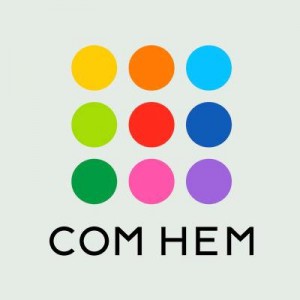Com Hem reports strong first quarter
 Swedish cable operator Com Hem reported strong Q1 results with lower than expected churn, slight growth to its TiVo customer base and a more than doubling of profits.
Swedish cable operator Com Hem reported strong Q1 results with lower than expected churn, slight growth to its TiVo customer base and a more than doubling of profits.
For the first quarter, Com Hem said that churn of 13.9% was “significantly better than our expectations” and was only one percentage point higher than the record low churn of 12.9% it recorded in Q3 and Q4 2015.
“Underlying consumer churn trends are positive, and we expect to return to our prior underlying trend rate from Q2 and onwards,” said Com Hem CEO, Anders Nilsson.
The number of digital TV customers remained unchanged during the quarter at 635,00 revenue-generating units, which Com Hem attributed to “price rise activity”. However, its TiVo base TiVo base grew by 5,000 customers.
“At the end of the quarter, 228,000 digital-TV customers had a TiVo subscription, corresponding to 36% of the total digital TV base,” said Com Hem.
It also reported that more than 90% of new subscribers are choosing speeds of 100 Mbit/s and above, bringing average speeds among Com Hem’s user-base up to 125 Mbit/s, compared to 100 Mbit/s a year ago.
In terms of financials, Com Hem said that revenues rose 3.9% year-on-year to SEK1.276 billion (€139 million). Its net result for the period more than doubled to SEK 95m, compared to SEK40 million a year earlier.
“The increased customer satisfaction we saw during 2015, after product improvements, such as the introduction of Com Hem Play and extensive investments in the quality of our broadband services, paired with improvements in our service levels, have made it possible to implement price adjustments,” said Nilsson.
“Price rises had a limited impact on Q1 consumer ARPU, with the bulk of pricing implemented on March 1 and a minor part on April 1, driving an increase of ARPU of SEK 1 to SEK 364 (Q4 2015 SEK 363). The full effect of the price rise will be seen in the second quarter revenue. In total, over half of our customers were affected by this year’s price rise programme which on average was somewhat larger than 2015.”



